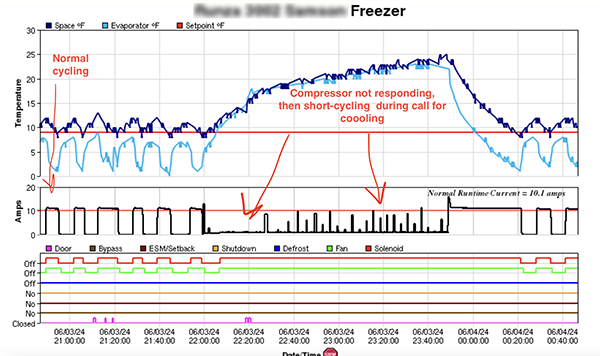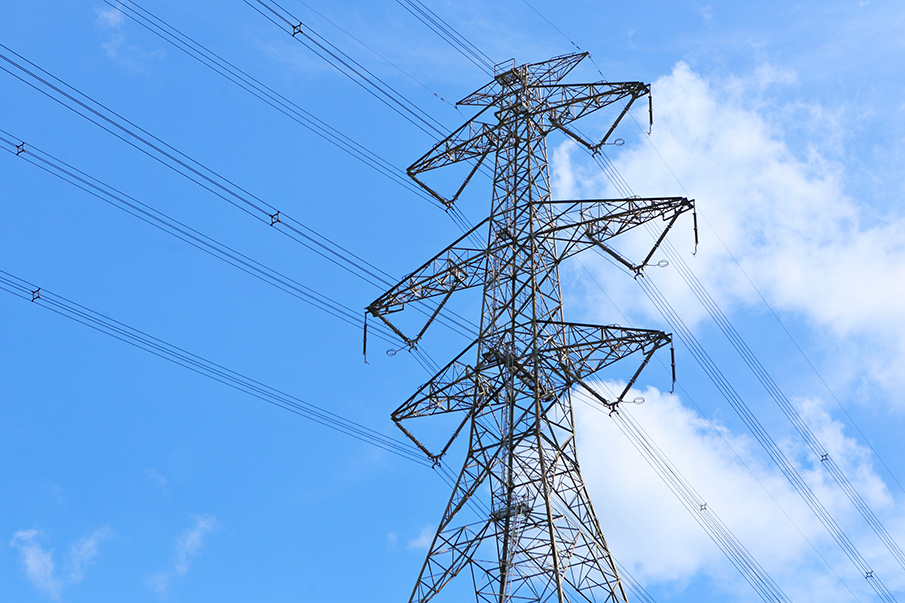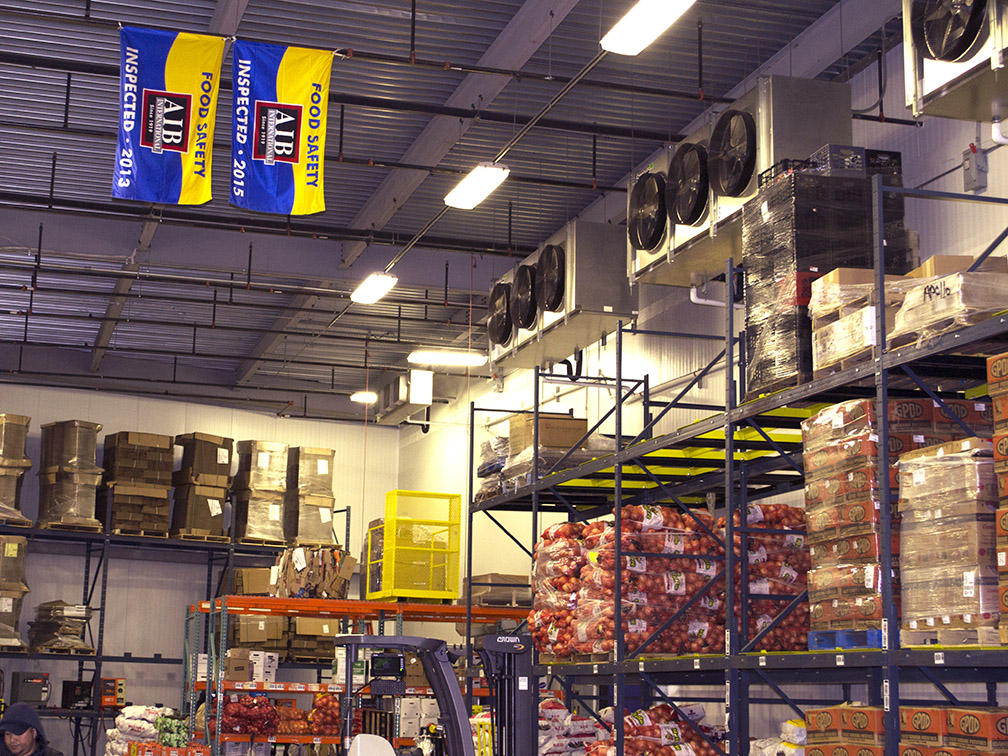Last month, the Produce Marketing Association (PMA) hosted an educational webinar about ways in which produce businesses can decrease energy costs, and pursue sustainability goals. Three guest speakers shared their expertise and described the tools and measures they implemented to achieve their desired results. There is a growing focus on being more cognizant of energy spend and efficiency because it’s noticeable in its effects.
According to the NRDC, “Widespread use of efficient appliances, electronics, equipment and lighting, along with better insulation and other weatherization, could cut 550 million metric tons of carbon pollution a year by 2050—equal to the electric power emissions produced by Texas, New York, Florida, Illinois, Virginia, and California in 2016.”
And at this point, in 2021, it’s quickly becoming an expectation among partners and customers alike.
For this webinar, PMA invited the following three individuals to share their stories:
- Nelson Longenecker – VP of Business Innovations for Four Seasons Produce
- Jim Leimkuhler – CEO of Progressive Produce
- Nicole Flewell – Director of Sustainability for Taylor Farms
Naturally, with our solutions revolving around the large refrigeration systems you find in a produce facility, it was reaffirming to our mission to hear these industry Big Wigs discuss how impactful optimizations on this equipment were for this business. Whether you’re a grower and shipper, distributor, wholesaler, or just long-term cold storage, your refrigeration system is the heart and soul of your business. Yet when it comes to conversations about decreasing energy costs and pursuing sustainability goals, refrigeration is not generally top-of-mind the way solar and LED lighting upgrades are.
During Jim’s presentation, starting around the 12:00 mark, he highlights how—in a nutshell—a refrigeration-specific energy management system has dramatically improved the energy usage of the systems in his refrigerated facility.
How much so? Between Progressive Produce’s two facilities in Commerce and La Mirada, California, the company is saving roughly 550,000 kilowatt hours per year. Which, based on their utility rates, translates to $82,000 in actual energy costs recouped.
For comparison, this is the same as removing 386 metric tons of CO2 from the atmosphere.
The system “simplifies things, allows our operations to run more smoothly and it holds accountability around managing refrigeration and cold storage operations.”
Jim Leimkuhler, CEO Progressive Produce
So what measures and tools did Progressive Produce implement?
Evaporator Fan Cycling – One area that consistently offers significant opportunities for reducing energy usage is the evaporator fan set. Most facilities have multiple units that normally operate at 100% 24/7. But handing their operation over to a smart controls system, their runtimes are now contingent on whether or not cooling is actually needed to satisfy temp. requirements.
For their four coolers, and eight total cooling zones, Progressive Produce saw an average runtime reduction of 48.06% (which is tracked in real-time by NRM’s control and monitoring platform).
Electric Defrost – A tried-and-true measure for improving efficiency is upgrading to smart electric defrost. If your coils are iced up, and flow is restricted, your system is going to have to work harder, and for longer, to cool the space while it waits for the standard mechanical defrost to initiate. With NRM’s platform, you can instantly start an electric defrost from your phone if you’re off-site and receive an alert that the coil is beginning to ice up.
Email & Text Notifications – Your ability to troubleshoot your refrigeration systems may not seem like an area that offers savings, but better troubleshooting absolutely does. If you’re able to correct operational issues sooner—and have you and your technicians be more-informed—you can prevent unseen problems from sapping energy long-term (and you can prevent them from turning into a catastrophic failures before it’s too late).
Visual Diagnostics – Visual diagnostics available in the platform’s online dashboard offer insights in to each operating component of your refrigeration system. Because the platform is tracking these operation in real-time, you can compare different time periods when you notice a discrepancy occurring. This will give you an opportunity to get a problem ironed out, or a piece of equipment replaced, and prevent an inefficiency from dragging your efforts down.
To hear Jim describe how these tools & measures helped decrease energy costs in his own words, you can view the entire PMA webinar here: https://www.pma.com/Content/Webinars/2021/How-to-decrease-your-energy-costs. Both Nicole and Nelson also have tremendous insights and some unique ways they decreased energy costs.




